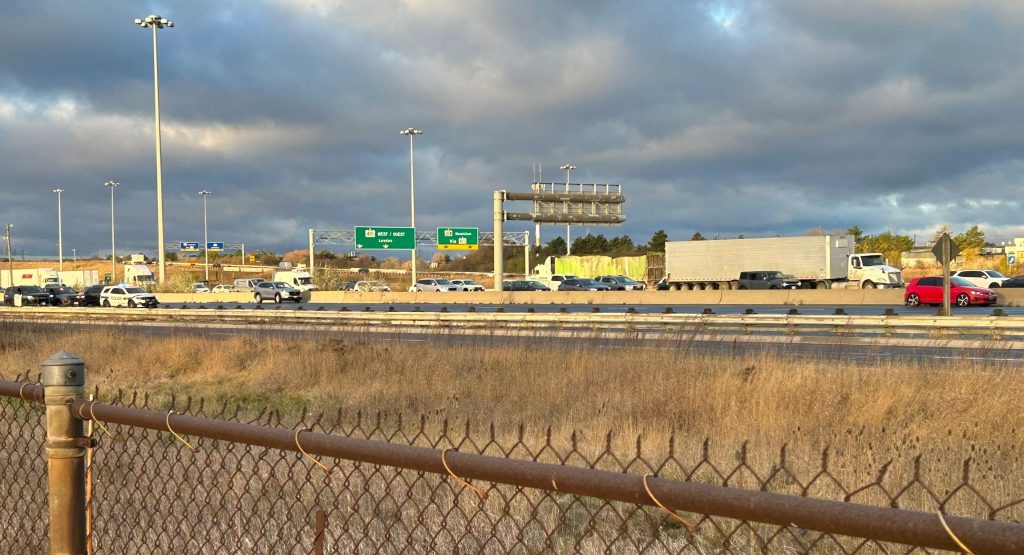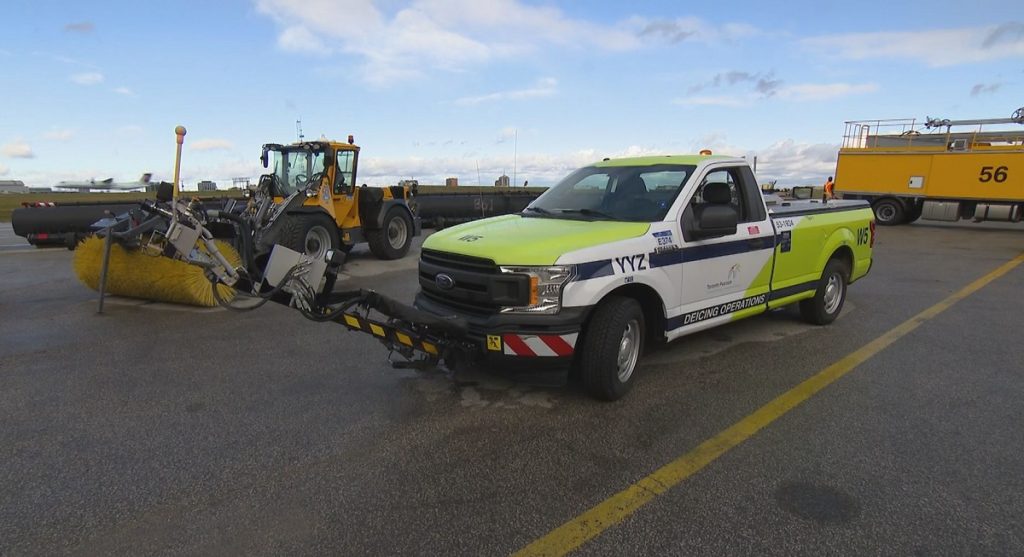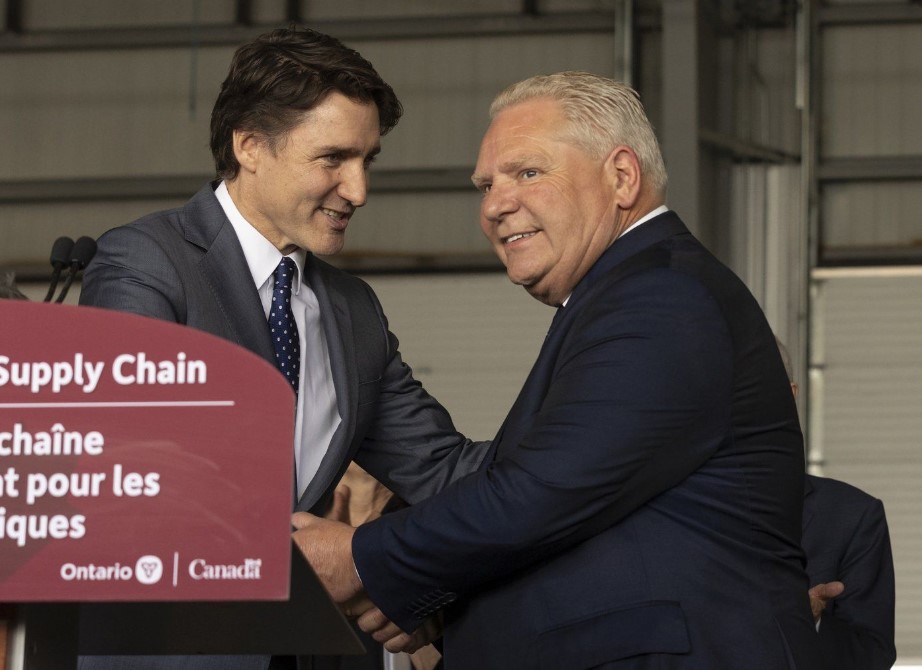Driving instructor shares tips for navigating snowy conditions, roads during winter
Posted January 25, 2023 3:30 pm.
Last Updated January 25, 2023 6:36 pm.
With parts of Toronto and southern Ontario seeing a delay in major snowfall this winter, a driving instructor is sharing his tips for navigating the roads safely — especially if plows haven’t made it to your area.
“There’s that tendency to get a little bit slack, you know, and then we have to be reminded. We’re hoping the reminder is not a collision though,” Chris Palmer, a training manager with Young Drivers of Canada, told CityNews.
He said getting road-ready starts inside the home before travelling and planning ways to get to your destination.
“Have extra routes ready to go, so if your main route is clogged have a backup ready to go,” Palmer said.
“Leave extra time. Part of this is we have to be more patient so that we’re not rushing to our locations and putting ourselves in more danger.”
Before heading out, he reminded drivers to think about the vehicle itself such as starting with the wipers and topping up the windshield washer fluid.
“In fact, I always recommend keeping an extra bottle in your trunk,” Palmer said, before highlighting other items to check on under the hood and things to keep in your trunk.
“Making sure your oil is checked, OK, so a tune-up … it’s always a good idea to check your battery. Check your cables (and) make sure your hoses are all secure.
“Everybody should have is an emergency kit … I have jumper cables … zip ties, a tow strap for the car.”
Also, the vehicle should ideally have winter tires.
RELATED: Ontario residents urged to prepare for severe winter weather, emergencies
“You must get the tires in sets of four, OK, some people still try to buy two of them and think that’s a good choice. No, the traction is off on the car now. It’s actually less under control,” he said.
“They think if they have winter tires that they’re allowed to drive faster and more aggressively, but the tires aren’t gonna save you from your bad attitude.”
After clearing all of the vehicle of snow, Palmer said the biggest issue he encounters is people speeding and a general lack of patience.
“They don’t adjust their speed to the driving conditions. They don’t keep a greater following distance. They don’t keep space beside them, so when things go wrong, they have no escape route and they don’t know what to do,” he said.
Palmer had this simple advice if you lose control of the vehicle.
“Easing off the gas is the very first thing and look where you want to go,” he said.
Cruise control should not be used during inclement weather, Palmer said, emphasizing that spacing with other vehicles is key.
“The minimum safe following distance in city speeds, in dry pavement, is two seconds — not car lengths, that’s old school. Two seconds gives you enough time to see something ahead, move your foot from the gas to the brake, and get the car to stop before you impact the car in front,” he said.
“In the winter, we double this, so in the winter we should be a minimum of four. On the freeway, go from three in normal conditions to six seconds, and an on-ramp as much as you can get.”
Lastly, Palmer said people should make sure cellphones are fully charged in case you get stuck — something he added drivers should try not to panic about.
“Call for help. CAA and the police, law enforcement, will be there as [quickly] as possible to assist you don’t try to push your car out in live traffic and things of that nature,” he said.
Meanwhile, if you need to leave the house, CityNews 680 has regular, up-to-date reports on current traffic conditions in the Greater Toronto Area.








